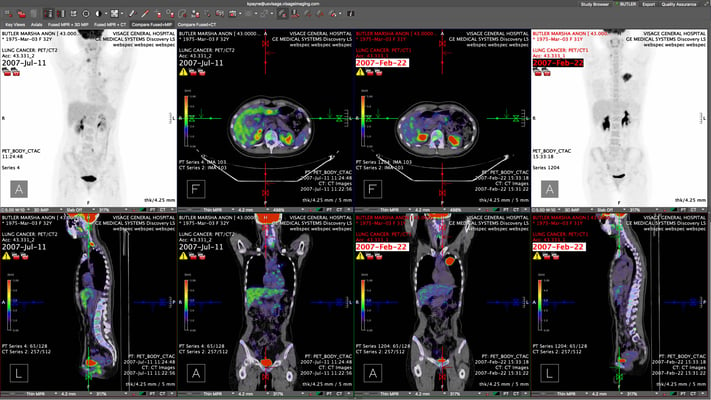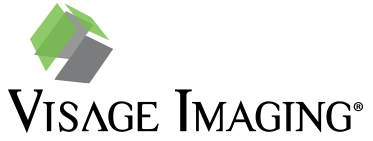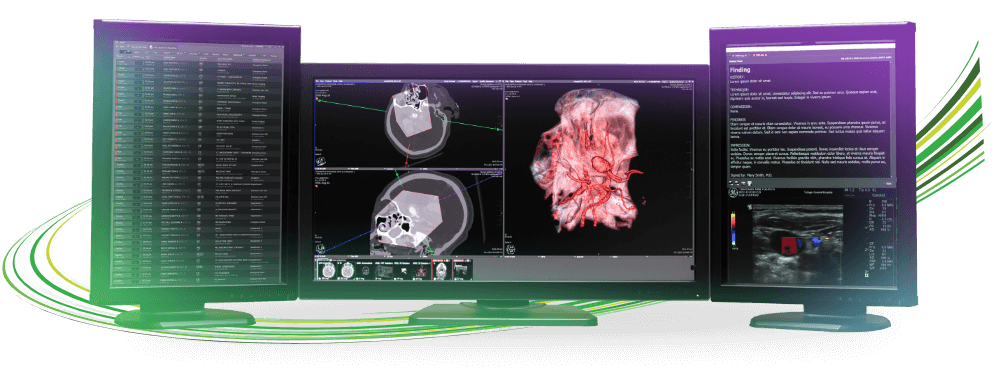Can you? Visage can. Vol. 1 Speed | Chapter 4: In-Viewer Workflow

I hope you are enjoying our series of blog posts, “Can you? Visage can.” In our last chapter, we discussed how DBT ("tomo") has paralyzed many imaging organizations due to its massive files, but for Visage, tomo is just another modality. What we have learned in practice is that speed is relative. In this post, we'll explain what we mean, by continuing the discussion with Chapter 4: In-Viewer Workflow.
Many legacy PACS do not have reliable, usable hanging protocols. So much so, many institutions have given up trying to improve them. We know that historically the majority of unproductive time spent during legacy PACS radiologist interpretation is to setup a case in order to begin "reading". Finding ‘relevant’ priors, dragging and dropping images/series/studies, panning, zooming, linking, W/L, etc. This is incredibly time consuming, and yet, for many PACS, this is required prior to reading every new study. What does it matter if the image viewer is able to display the first image in 2-3 seconds, if the reading radiologist has to spend tens of seconds to minutes, preparing the studies prior to starting interpretation? What does it matter if the image viewer is able to display the first image in 2-3 seconds, if the user has to travel to a specific workstation, which may be local (via walking distance) or remote (travel by vehicle), to use the appropriate clinical tools or access the relevant priors they need? As mentioned, speed is relative.

Visage 7: PET/CT Lesion Tracking | Fused, Registered, Current/Prior with Linked Rotating MIP
In-Viewer Workflow
Visage 7 supports the industry’s most powerful, most sophisticated protocols, for all modalities (including medical multimedia objects and non-DICOM) including advanced visualization/multidimensional content for current/priors. Utilizing sophisticated matching algorithms and intelligent layouts, Visage 7 automatically displays any combination of current/prior studies, regardless of size or modality, using Auto Prior rules and native thin-client advanced visualization tools. This does away with unnecessary clicks, drag and drop, and switching between tools, thereby significantly streamlining interpretation workflow for radiologists.
These differentiated Visage 7 capabilities are described as In-Viewer Workflow, and allow interpretation of more cases, in less time, with the utmost quality. This practically means that when radiologists read with Visage 7, they don’t need to “setup” the stud(ies) prior to interpretation, and can simply launch and read, over and over and over again. Optimal In-Viewer Workflow eliminates unproductive interpretation time, eliminates distraction/frustration, and allows radiologists to get into a “Zen-like” interpretation state for highly productive, high quality reading. Now that is truly fast.
Stay tuned. Next up for "Can you? Visage can" is Chapter 5: At Home/Remote-Reading.




